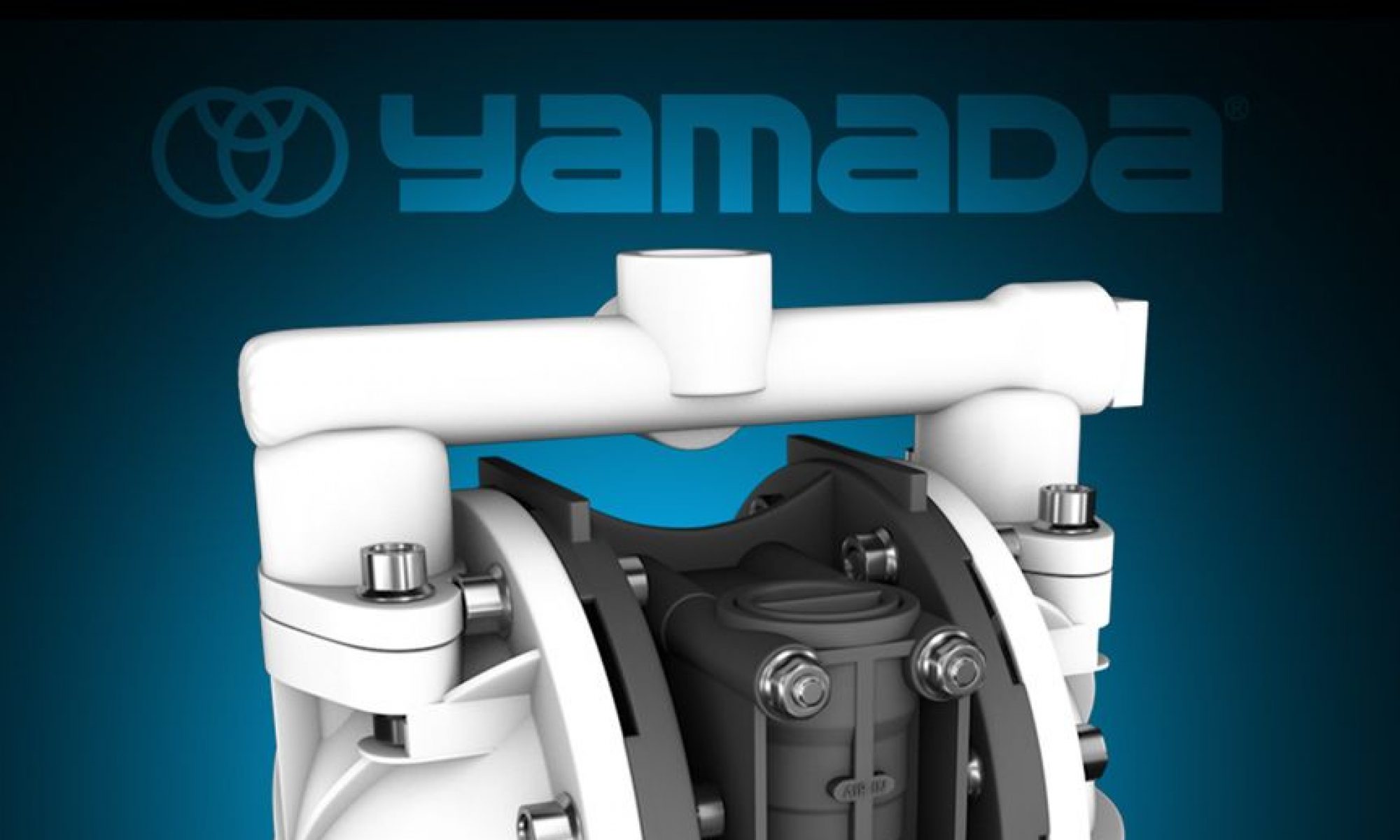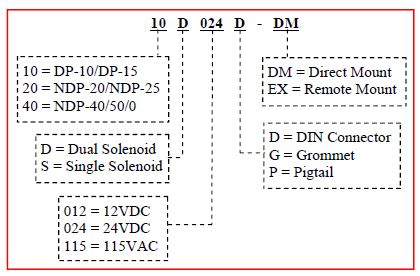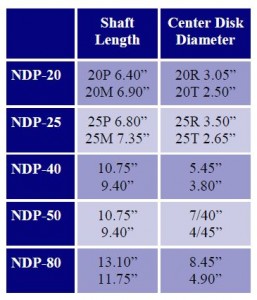When we refer to EX-Air Valves we are talking about electrically controlled shuttle valves as opposed to a pump that uses a c-spool piloted by an air signal from the pilot valve. The EX-Air Valve is available on all pumps except the NDP-5 and NDP-15 series pumps.
This type of valve can be directly mounted on the pump or remotely mounted. It is available in single or dual solenoid versions and is available in 12VDC, 24VDC, and 115VAC.
A pump equipped with this type of valve is used for metering and batch control. It is used with our YSC-3 controller or can also be used with a PLC.
The standard valve that is used with our YSC-3 controller is 12VDC, single solenoid. Below is a matrix for selecting the appropriate valve for your EXAir application.


